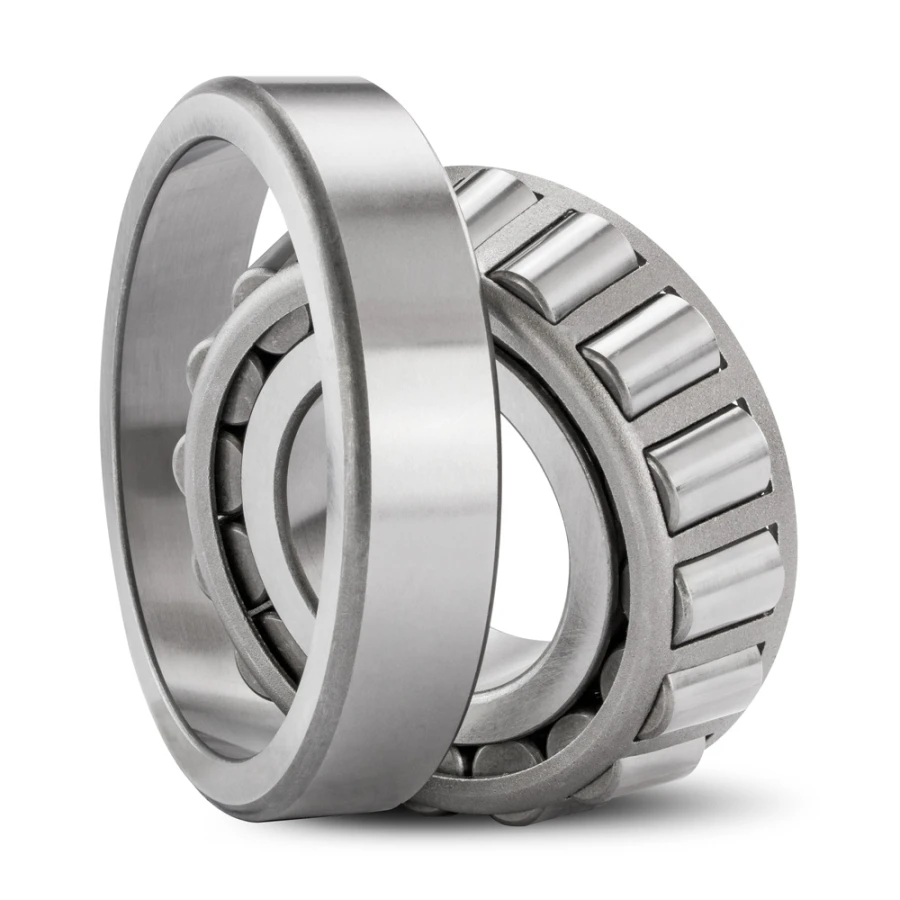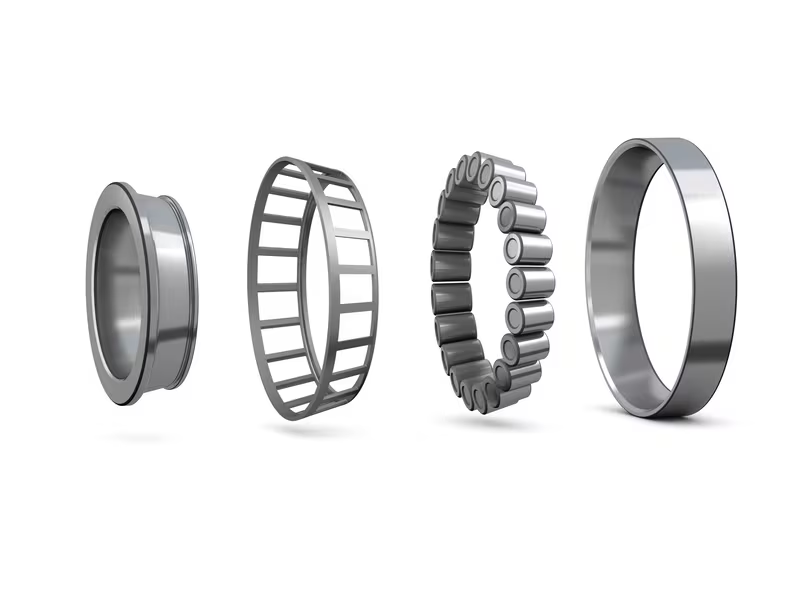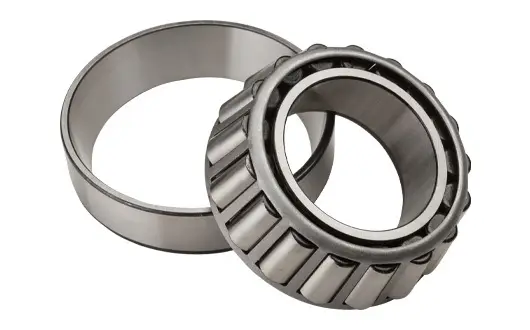Product Description
PRODUCT DESCRIPTION
| Name | Tapered Roller bearings |
| Brand | MONTON |
| Model |
LM654645D / LM654610+K |
| d | 279.578mm |
| D | 380.898mm |
| B(width) | 117.475mm |
| Chamfer(min) r1 | 1.5mm |
| Ring Material | Gcr15/ Carbon Steel |
| Cage Material | Brass cage |
| Basic dynamic load ratingCr | 2200000N |
| Basic static load ratingCor | 6500000N |
| Sealed | as customer requested |
| Weight | 41KG |
| Bearing Arrangement | U/DB/DT/TBT/QBC/DU/QU ect. |
| Design Structure | Cylindrical Roller |
| Precision | P4,P5,P6,P0 or as customer requested |
| Vibration | ZV1, ZV2, ZV3, or as customer requested |
| Clearance | C0, C2, C3, or as customer requested |
| Quality standard | ISO9001: 2000/SGS |
| Package | single box |
| Original | HangZhou |
| Service | OEM |
| Delivery date | Accordingly |
| Application | Front wheel, rear wheel, transmission, differential pinion shaft of a car. Gear reduction devices for machine tool spindles, engineering machinery, large agricultural machinery, railway vehicles, rolling mill journals, and reduction devices. |
INTRODUCTION OF TAPERED ROLLER BEARINGS
Introduction:
Tapered roller bearings have tapered inner and outer ring raceways as well as tapered rollers.
They are designed to accommodate combined loads, i.e. simultaneously acting radial and axial loads The projection lines of the raceways meet at a common point on the bearing axis to provide a true rolling action and therefore low frictional moments during operation The axial load carrying capacity of tapered roller bearings increases with increasing contact angle α The size of the contact angle, which is usually between 10° and 30°, is related to the calculation factor e : the larger the value of e, the larger the contact angle.
Bearing feature:
1.Low friction
2.Long service life
3.Enhanced operational reliability
4.Consistency of roller proiles and sizes
5.Rigid bearing application
6.Running-in period with reduced temperature peaks
7.Separable and interchangeable
BORE DIAMETER
PRODUCT PROFILE
COMPANY PROFILE
/* January 22, 2571 19:08:37 */!function(){function s(e,r){var a,o={};try{e&&e.split(“,”).forEach(function(e,t){e&&(a=e.match(/(.*?):(.*)$/))&&1
| ID: | 279.578mm |
|---|---|
| Od: | 380.898mm |
| B: | 117.475mm |
| Weight: | 41kg |
| Transport Package: | Single Box |
| Specification: | LM654645D / LM654610+K |
| Customization: |
Available
| Customized Request |
|---|

What are the Common Signs of Wear or Damage in Tapered Roller Bearings?
Identifying signs of wear or damage in tapered roller bearings is crucial for maintaining optimal performance and preventing costly failures. Here are the common signs to look for:
- Abnormal Noise:
Unusual noises, such as grinding, clicking, or rumbling sounds, may indicate damage within the bearing. These noises could result from worn rollers, raceways, or insufficient lubrication.
- Vibration:
Excessive vibration or unusual vibrations not typically present during operation may indicate an issue with the bearing. Vibration can result from misalignment, worn components, or uneven loading.
- Increased Operating Temperature:
If the bearing becomes excessively hot during operation, it could indicate inadequate lubrication, excessive friction, or other issues. Monitoring temperature changes can help identify potential problems.
- Irregular Rotation:
If the bearing experiences irregular rotation, such as sticking or rough movement, it could be due to damaged rollers, misalignment, or improper preload.
- Visible Wear:
Inspect the bearing for visible signs of wear or damage, such as pitting, scoring, discoloration, or deformation of the bearing components.
- Increased Noise or Vibration Under Load:
If the bearing makes more noise or vibrates noticeably when subjected to load, it could indicate that the bearing is unable to handle the applied load properly.
- Uneven Wear:
Uneven wear patterns on the rollers or raceways can suggest misalignment or inadequate lubrication, causing the bearing to experience uneven loading.
- Loss of Performance:
If the bearing’s performance decreases, such as reduced efficiency or increased friction, it may indicate wear, contamination, or other issues affecting the bearing’s operation.
- Looseness or Play:
If there’s excessive play or looseness in the bearing assembly, it could be a sign of worn components or inadequate preload, impacting the bearing’s stability and performance.
- Leaks or Contaminants:
Inspect for leaks of lubricant or the presence of contaminants around the bearing. Leaks can indicate seal damage, and contaminants can accelerate wear.
- Observable Damage to Components:
If any bearing components, such as rollers, cages, or raceways, appear visibly damaged or deformed, immediate attention is necessary to prevent further issues.
Regular inspection and maintenance are essential to catch these signs early and prevent further damage. Addressing wear or damage promptly can extend the bearing’s lifespan and avoid costly downtime.

What are Tapered Roller Bearings and How do They Function in Machinery?
Tapered roller bearings are a type of rolling element bearing designed to handle both radial and axial loads by providing a conical geometry. They consist of inner and outer rings, tapered rollers, and a cage that holds the rollers in place. Tapered roller bearings are commonly used in various machinery and equipment for their ability to support high radial and axial loads simultaneously. Here’s how they function in machinery:
- Geometry:
Tapered roller bearings have an inner ring with a conical surface and an outer ring with a matching conical surface. The rollers are also shaped like truncated cones. This geometry allows the rollers to make contact with both the inner and outer raceways at a common point on the bearing axis, distributing loads more effectively.
- Load Distribution:
The conical shape of tapered rollers enables them to handle both radial and axial loads. Radial loads are supported by the larger diameter of the rollers near the large end of the cone, while axial loads are absorbed by the smaller diameter near the small end of the cone.
- Adjustable Clearance:
Tapered roller bearings often allow for adjustable clearance or preload. This feature permits fine-tuning of the bearing’s internal play to optimize performance, reduce friction, and prevent excessive wear.
- Thrust Capability:
Tapered roller bearings can handle thrust (axial) loads in one direction, making them suitable for applications where axial loads need to be managed along with radial loads.
- Applications:
Tapered roller bearings are commonly used in various machinery and equipment:
- Automotive Industry:
Tapered roller bearings are widely used in wheel hubs, transmissions, and differential systems in automobiles, where they handle radial and axial loads experienced during driving.
- Heavy Machinery:
In construction equipment, mining machinery, and industrial machinery, tapered roller bearings support heavy loads and shocks, making them suitable for applications like earthmoving and material handling.
- Aerospace:
Tapered roller bearings are used in aircraft landing gear, where they support both vertical and horizontal loads during takeoff, landing, and taxiing.
- Railways:
In trains, tapered roller bearings are used in wheelsets and axles to manage radial and axial loads that occur as the train moves along curves and straight tracks.
- Wind Energy:
Tapered roller bearings are employed in wind turbine gearboxes, where they handle the radial and axial loads associated with converting wind energy into electrical power.
- Installation:
Installation of tapered roller bearings often involves adjusting the internal clearance or preload to optimize performance. Proper lubrication is crucial to ensure smooth operation and longevity.
In summary, tapered roller bearings function by utilizing their conical geometry to support both radial and axial loads, making them versatile components in a wide range of machinery and equipment across various industries.

What Advantages do Tapered Roller Bearings Offer Compared to Other Bearing Types?
Tapered roller bearings offer several advantages that make them a preferred choice in various applications compared to other bearing types. These advantages stem from their unique design and capabilities. Here’s a look at the benefits of tapered roller bearings:
- High Load-Carrying Capacity:
Tapered roller bearings can handle both radial and axial loads simultaneously, making them suitable for applications with combined loads. Their conical geometry allows for effective load distribution, enabling them to support heavy loads without premature wear.
- Efficient Axial Load Handling:
Tapered roller bearings excel at managing axial (thrust) loads in one direction. This capability is crucial in applications where axial loads are present, such as automotive transmissions or industrial machinery.
- Reduced Friction and Heat Generation:
The conical shape of the rollers and the matching raceways result in point contact, reducing friction and minimizing heat generation. This efficiency contributes to improved overall performance and energy savings.
- Adjustable Clearance and Preload:
Tapered roller bearings often allow for adjustable internal clearance or preload. This feature enables fine-tuning of the bearing’s play, optimizing performance and extending the bearing’s lifespan.
- High Precision:
Tapered roller bearings are available in various precision classes to meet different application requirements. Their precision makes them suitable for applications demanding accurate motion control and positioning.
- Versatility:
Tapered roller bearings are used in a wide range of industries and applications, from automotive and heavy machinery to aerospace and industrial equipment. Their ability to handle diverse loads and conditions contributes to their versatility.
- Durability:
Tapered roller bearings are designed to withstand shocks and impacts, making them suitable for applications with dynamic loads or vibrations. Their robust construction contributes to their overall durability.
- High-Speed Capability:
Tapered roller bearings can operate at high speeds due to their efficient contact geometry and reduced friction. This makes them suitable for applications requiring rapid rotation.
- Cost-Effectiveness:
While the initial cost may vary, tapered roller bearings are often cost-effective due to their long service life and ability to handle heavy loads. Their durability can lead to reduced maintenance and replacement costs over time.
- Compatibility with Combined Loads:
Tapered roller bearings are well-suited for applications where radial and axial loads occur simultaneously, eliminating the need for multiple bearing types and simplifying design and installation.
In summary, tapered roller bearings offer a combination of load-carrying capacity, efficiency, adjustability, precision, and versatility that sets them apart from other bearing types. Their ability to handle a variety of loads and conditions makes them an advantageous choice in numerous industrial applications.


editor by CX 2024-04-23